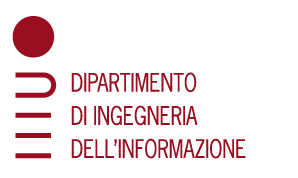ABSTRACT For many years now, the analysis of biological sequences associated to cellular components (e.g., proteins, DNA and RNA) have played a key role in understanding the mechanisms inside the cell. After that the genome coding of several organisms has been completed, a large deal of attention is turning towards studying how cellular components interact with each other to accomplish the biological functions of the cell. As an example, to fully understand cell activity, proteins cannot be analyzed independently of the other proteins of the same organism, because they seldom act in isolation to perform their tasks.The interactions among cellular components can be modelled by graphs, usually called biological networks, where nodes represent components and edges their interactions. In the past few years, biological networks received great attention, also due to the increasing amount of interactions among cellular components retrieved by experimental, computational and high-throughput techniques. Aligning, querying and partitioning such graphs is useful in many applications, for example to infer knowledge about conservation across species or to predict the function of unknown proteins.In this talk, we illustrate the main computational problems involving biological networks and some of the most recent techniques proposed to solve them, highlighting the open issues and the new directions in this context.






